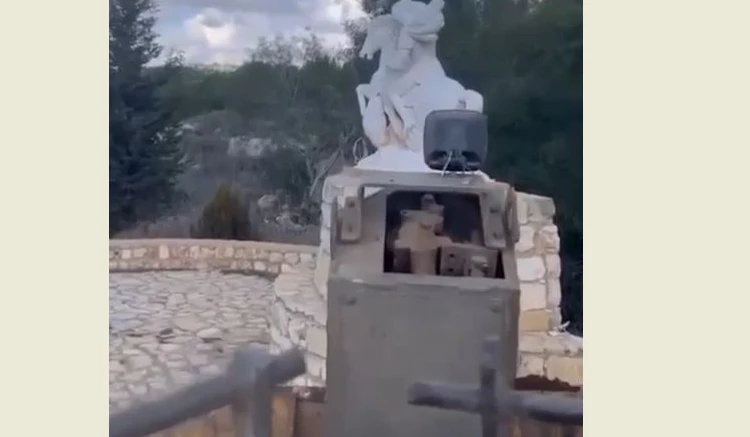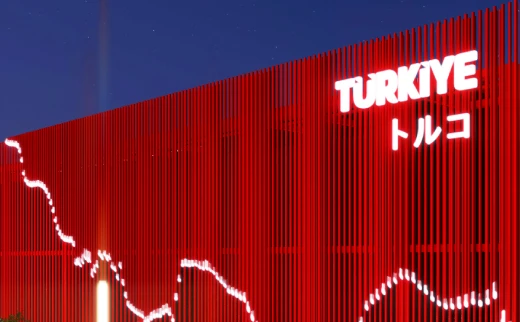Pompeii’s ongoing excavations unveil city’s multicultural life

Various ancient paintings and artifacts found on the walls of the buildings in the city before the eruption speak volumes about Pompei’s multicultural city life
In the ongoing excavations in the ancient city of Pompeii, which was buried under the ashes after the eruption of Mount Vesuvius in 79 A.D., new wall paintings (frescoes) and artifacts were discovered, revealing that the city had a developed and multicultural social structure.
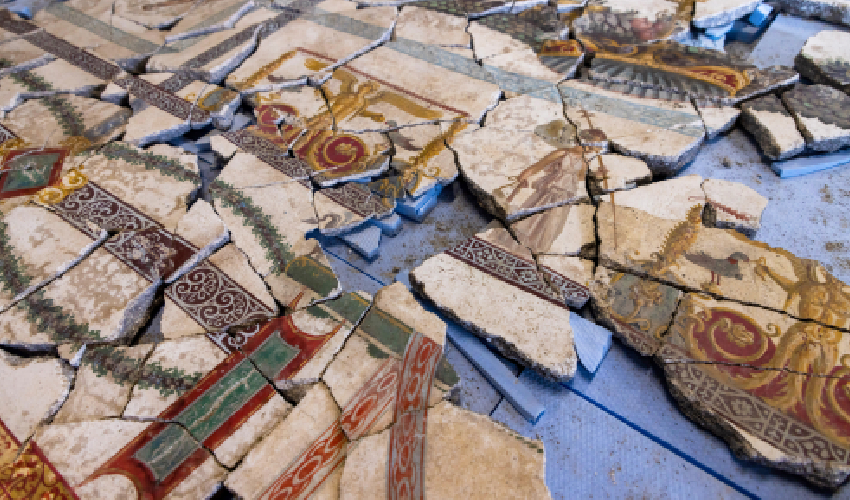
The ancient city of Pompeii, which was included in the UNESCO World Heritage List in 1997, is located on an area of 66 hectares and archaeological excavations of one-third of the city have been completed.
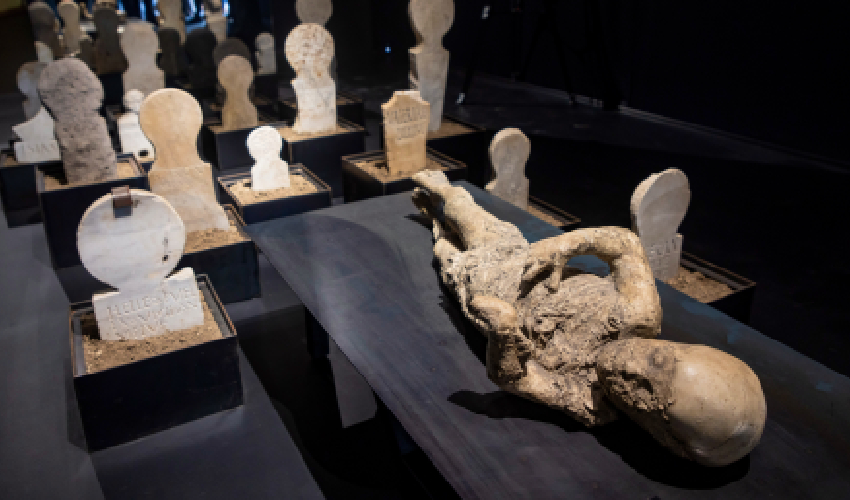
The city, located on the slopes of Mount Vesuvius, was buried under a layer of ash in 79 A.D. Thanks to this ash layer, everything that happened in the city has survived to the present day in remarkable preservation.
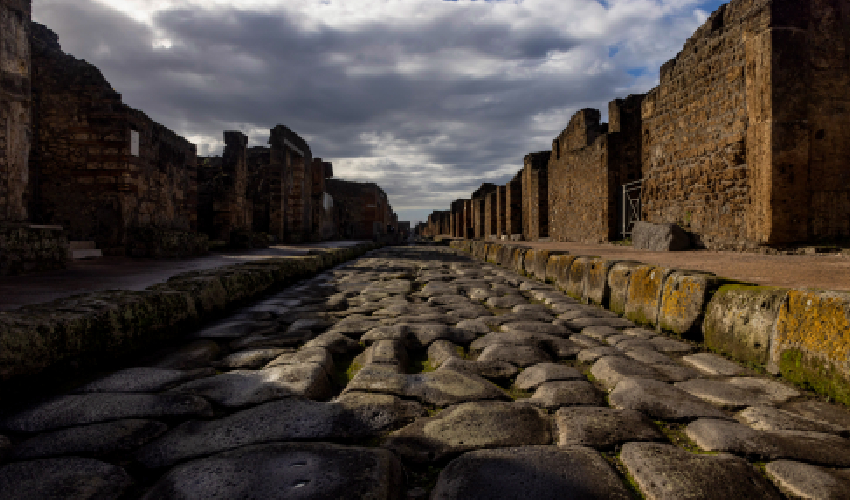
The ruins of the ancient city reveal information about the way of life of the period.
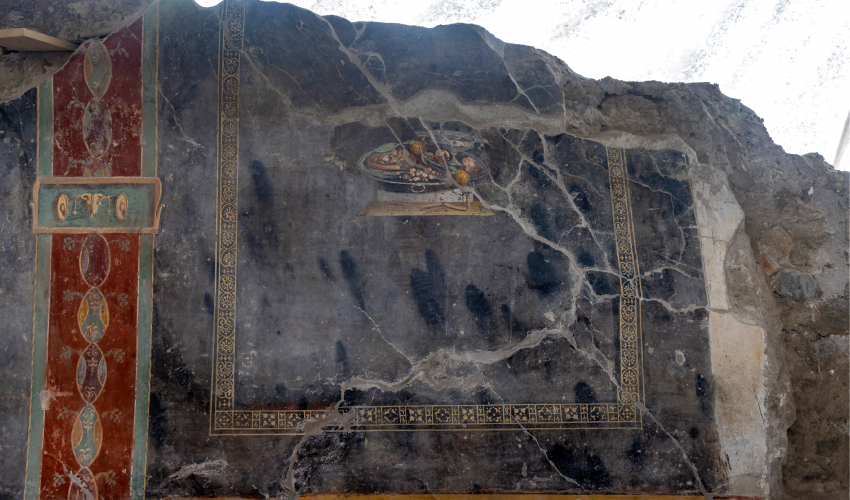
The ancient city of Pompeii is visited by an average of 3.2 million people a year.
Source: Newsroom
#haber#


